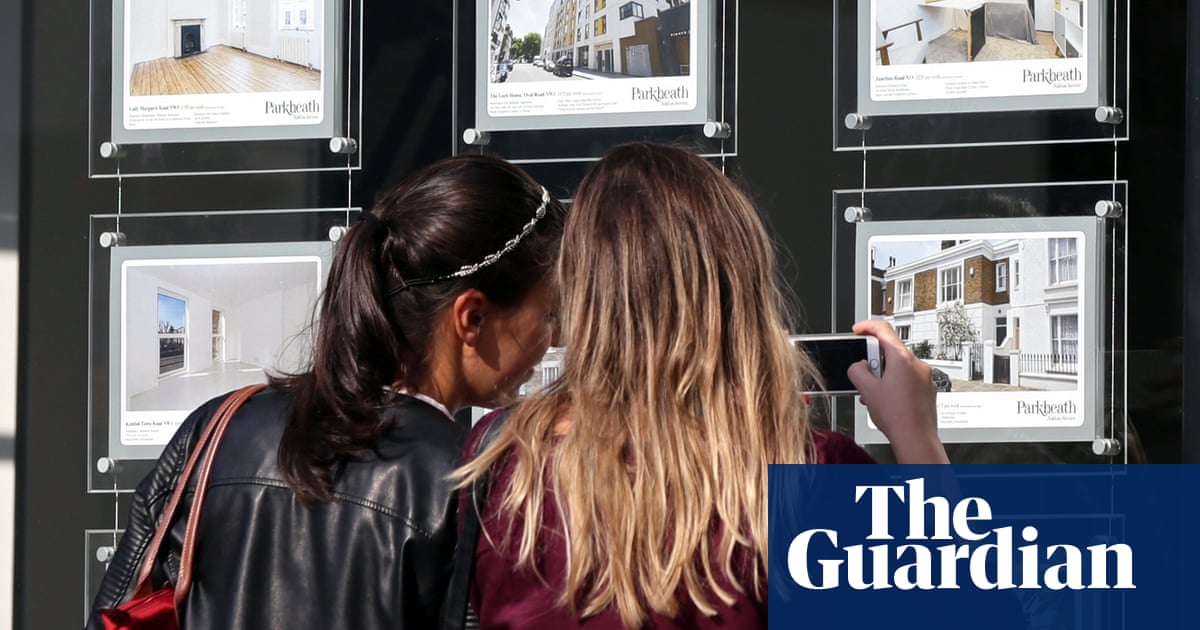UK homeowners are agreeing to sell for about £16,000 below the average asking price amid the busiest month for home sales since the pandemic boom, according to a leading property website.
House sales have climbed by 6% this month compared with May last year, Zoopla found, and 13% more homes came on to the market, giving buyers more choice and helping to boost activity.
The fastest rate of sales in four years was helped by falling mortgage rates and changes to how lenders assess affordability – which mean some buyers can borrowup to 20% more.
The average UK home now costs £268,250 – 1.6% more than a year ago – an increase of £4,330 over 12 months, according to Zoopla’s house price index.
But despite the rebound, following the end of stamp duty breaks in April anda post-Easter slowdown, the typical home is still selling for about 4.5% less than the asking price, with the average asking price now standing at £367,000.
Zoopla said the gap has remained stable in recent months and urged sellers to keep their pricing expectations in check. “There are more homes coming to market, giving buyers more choice, and sellers need to remain realistic on price,” said Richard Donnell, executive director at the property site.
In England, the strongest annual price growth is in the north-west, where cities such as Manchester and Liverpool are pushing up values in surrounding areas. In Blackburn, average prices are up 5.8% over the past year, followed by Wigan (4.4%) and Birkenhead (4.1%).House pricesin Manchester are up 2.5%, and in Liverpool by 3%.
The south of England is seeing slower price growth, with larger rises in the number of homes for sale helping to temper price inflation. The number of homes for sale is up 21% in the south-west, 17% in London, and 15% in the south-east compared with a year earlier.
As a result, annual price growth across the south is now under 1%: ranging from 0.5% in the south-east to 0.9% in the south-west.
In Scotland, prices have risen by an average of 2.9% year-on-year, while the number of homes for sale is up 5%. In north-west England, where supply has increased by just 3%, stronger sales activity is supporting faster price rises.
Donnell said: “More homes for sale means more buyers looking to move. This, coupled with more attractive mortgage deals and changes to how lenders assess affordability, is supporting an increase in the number of sales being agreed.
“We expect sales to keep rising over the second half of the year, with UK home values on track to be 2% higher by the end of 2025.”
